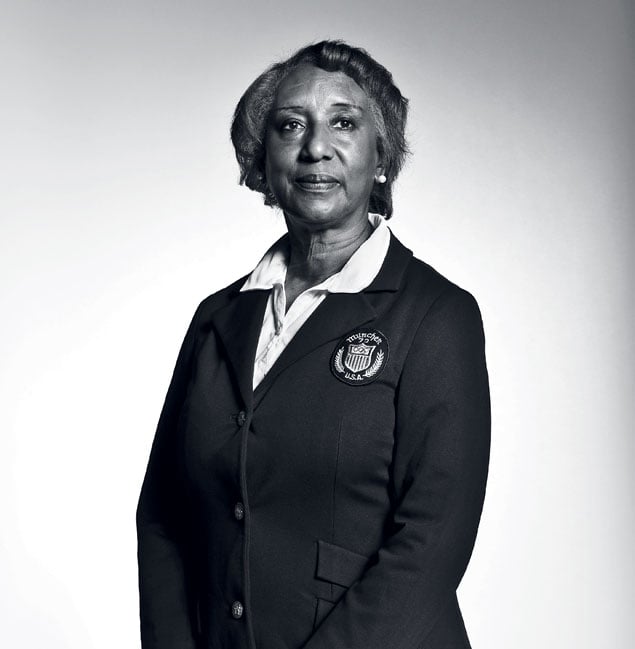
Lacey O’Neal
Track and field
Olympian in 1964 and 1972
Semifinals, 1964 and 1972
Two days after Palestinian gunmen killed 11 members of the
Israeli Olympic team at the 1972 Munich games, Lacey O’Neal walked to the
start of the 100-meter-hurdle semifinal. An Israeli friend, Esther Roth,
was supposed to be in the next lane but was missing. O’Neal cried as she
approached the blocks. She didn’t know that Roth had been sent home;
O’Neal assumed her friend was among the dead. “I thought the Games should
have been stopped,” she says.
Even before the Munich massacre, O’Neal’s athletic career
spanned a contentious period of history. As a black female runner in the
1950s and ’60s, she says, she was called names.
She retired from track after the ’64 Games to work in race
relations. She traveled with other athletes and public figures as part of
Operation Champ—a government-sponsored initiative to help promote
fellowship between blacks and whites in riot-torn Southern
cities.
She spoke openly against a boycott of the 1968 Olympics in
Mexico City, which some African-American athletes were proposing in the
wake of Martin Luther King Jr.’s assassination. She believes the Olympics
should be a pure, friendly competition.
After the ’72 Games, she competed with the International Track
Association, then coached at the University of Florida. Later, she
returned to diplomacy, working for the State Department supporting the US
embassies in Ivory Coast and Burkina Faso, then joining the Peace Corps
and living in Gambia. She has lived in Washington on and off since the
1960s.
“With all the jobs I’ve had,” she says, “there’s a line tying
them together, and that’s one of service.”


















